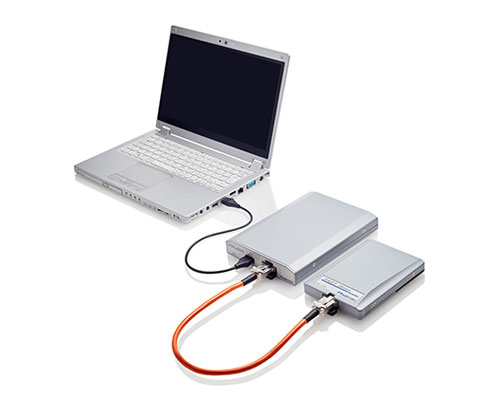


When binning row-wise by 8 pixels (about the thickness of the tagged region) and using an inter-frame delay of 65 microseconds, precisions of 0.5 meters per second in air and 0.2 meters per second in nitrogen were achieved. These techniques generally improved precision however, binning provided the greatest improvement to the un-intensified camera systems which had low signal-to-noise ratio. Methods of enhancing the precision of the measurement were explored such as digital binning (similar in concept to on-sensor binning, but done in post-processing), row-wise digital binning of the signal in adjacent pixels and increasing the time delay between successive exposures.

The precision was defined as the standard deviation of a set of several hundred single-shot velocity measurements. Also, we compare the performance of several different high-speed CMOS camera systems for acquiring FLEET velocimetry data in air and nitrogen free-jet flows. In this paper, we seek to determine the fundamental precision of the FLEET technique using high-speed complementary metal-oxide semiconductor ( CMOS) cameras. Miles, Richard B.įemtosecond laser electronic excitation tagging (FLEET) is an optical measurement technique that permits quantitative velocimetry of unseeded air or nitrogen using a single laser and a single camera. Precision of FLEET Velocimetry Using High-Speed CMOS Camera Systems


 0 kommentar(er)
0 kommentar(er)
